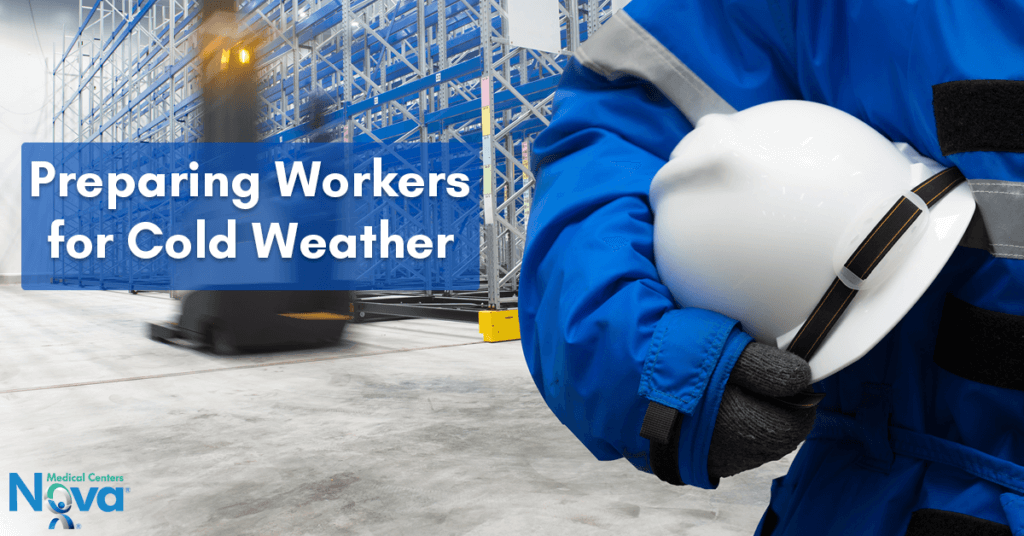
Plan for the start of the colder months
Preparing for the onset of cold weather is best done before that cold weather actually arrives. Nearly 70 percent of the United States population lives in snowy regions, areas that receive 5 or more inches of snow annually. While cold weather conditions have an impact on outdoor jobs, the jobs do continue through the colder months. Here are three areas to pay attention to when preparing for work during the colder months:
- Clothing
If you plan on spending time outside during the fall and winter months, proper clothing is essential to not only enjoying your time outside but also staying safe from the dangers presented by extreme cold. Workers who spend most or all of their day outside should follow these clothing tips:
- Layer clothing for better insulation; remove or add clothing layers based on the weather conditions
- Wear a hat that covers your ears
- Use gloves or mittens to keep your hands warm
- Wear insulated and waterproof boots to keep your feet dry
- Vehicles
Workers should be encouraged to make sure that they have taken the necessary precautions for preparing their personal or work vehicles for winter. Properly winterized vehicles help make the road a safer place during the cold months.
- Check the battery and replace it if necessary
- Use snow tires or keep tire chains available for improved traction on winter roads
- Ensure that coolant levels are where they ought to be and that there is a 50:50 mixture of water to anti-freeze
- Stock the vehicle with survival supplies including a working flashlight (preferably one that you shake or crank to charge), water and non-perishable food supplies in case you are stranded, a blanket, gloves, a hat, ice scraper, and brush
- Outdoor work sites
Measures should be taken to ensure the work site is safe in the colder months. Here are some things that can be done to keep the workspace a safe environment during fall and winter:
- Clear walkways, platforms, and scaffolds of snow and ice to reduce the chances of slipping and falling
- Store materials on pallets to prevent them from sticking or freezing to the ground
- Use portable heaters to keep warm
- Designate an area where workers can go to warm up during the work day
Through appropriate preparation, the impact of cold weather on working safety conditions can be handled and mitigated. However, all the preparation in the world will not prevent major weather events like blizzards from creating potentially hazardous situations. Keep an eye on local weather conditions and listen to state and local authorities regarding severe weather events. Read part 2 for major health risks associated with working in colder conditions.
At Nova Medical Centers, we specialize solely in Occupational Health. Our Onsite Services are used to help employers with their health-related employment processes from Pre-Employment testing to Corporate Health & Wellness fairs to HR & Safety Consulting.



